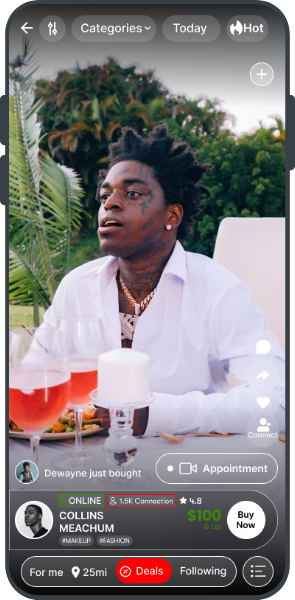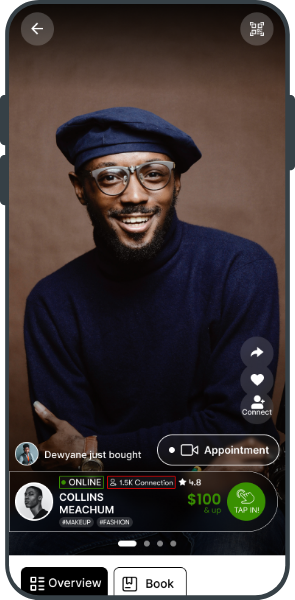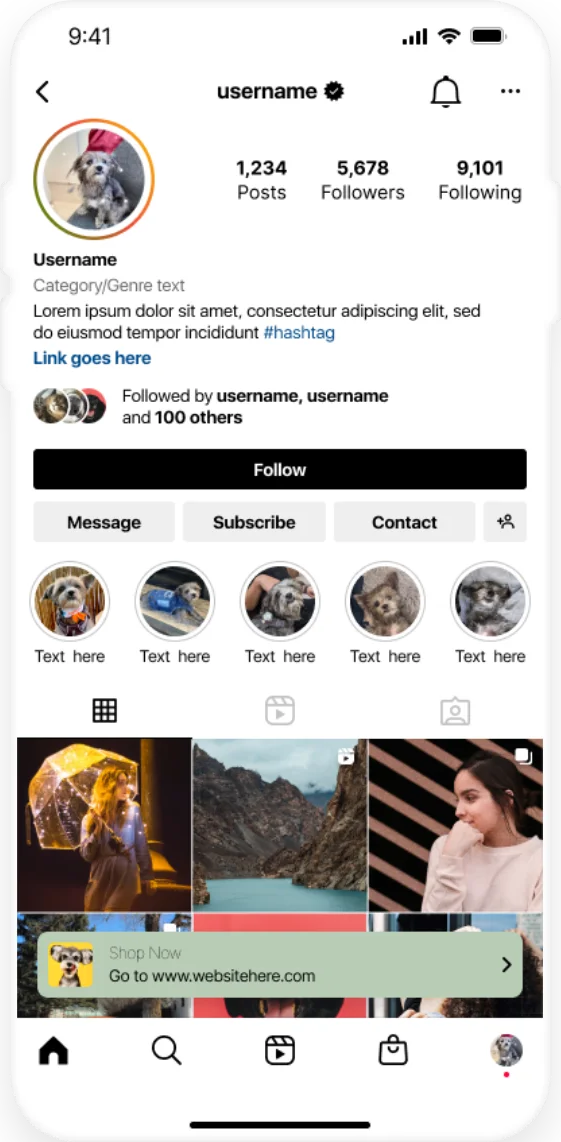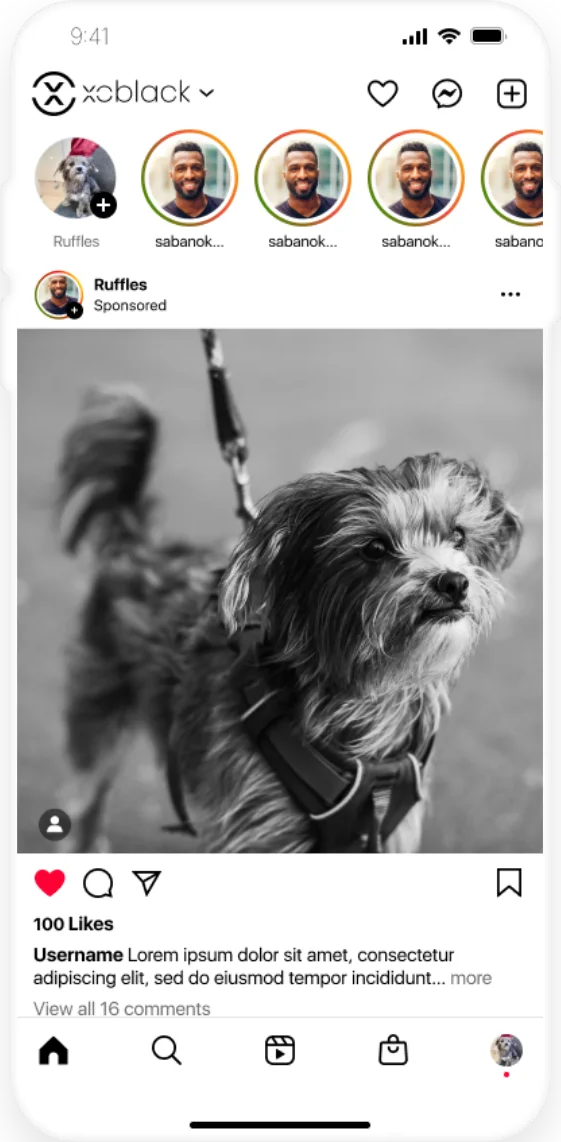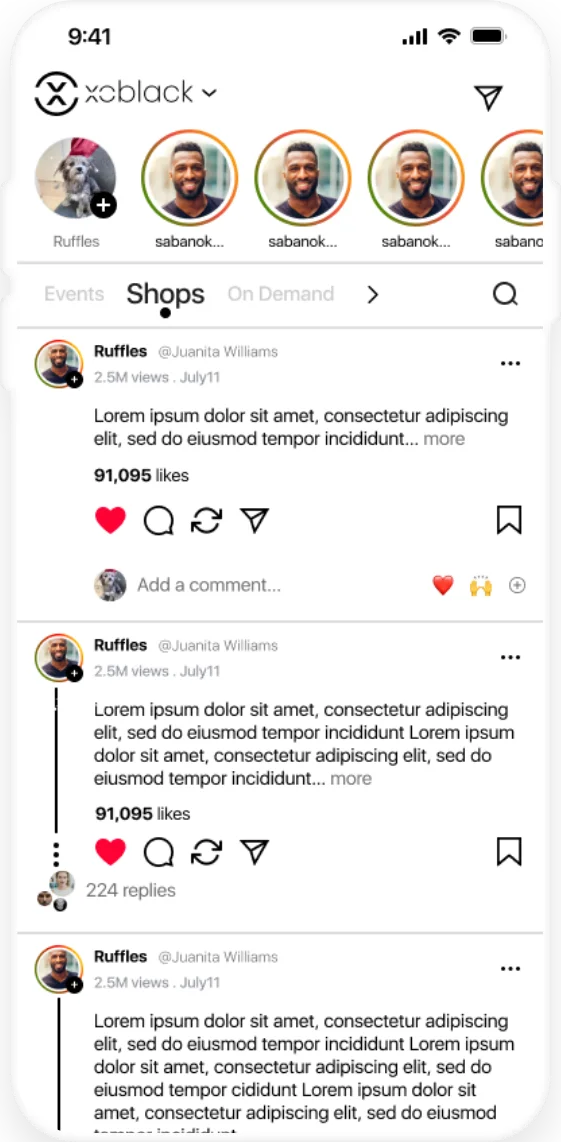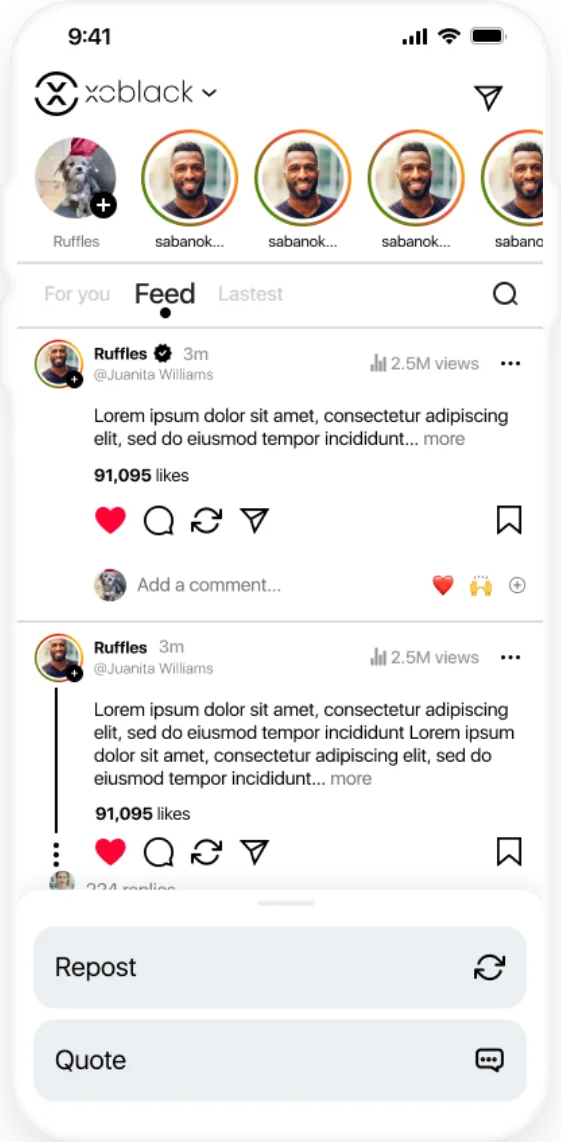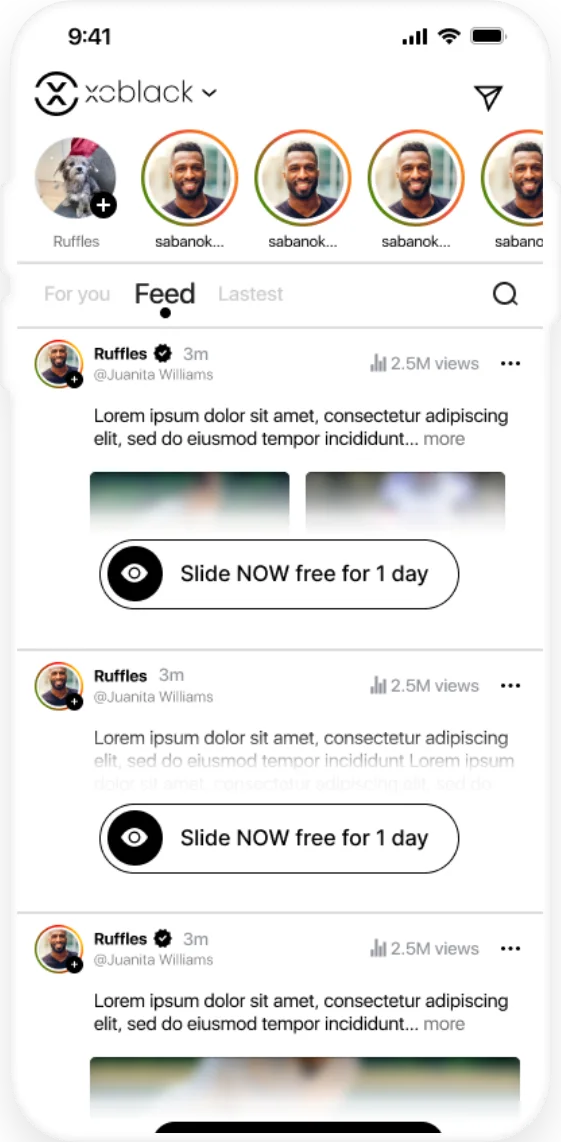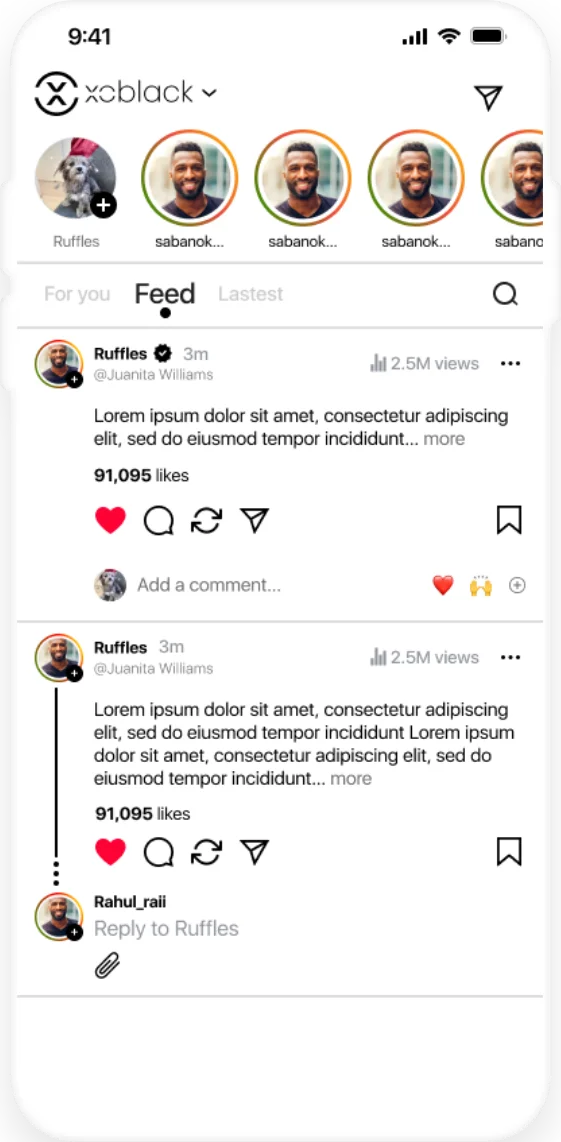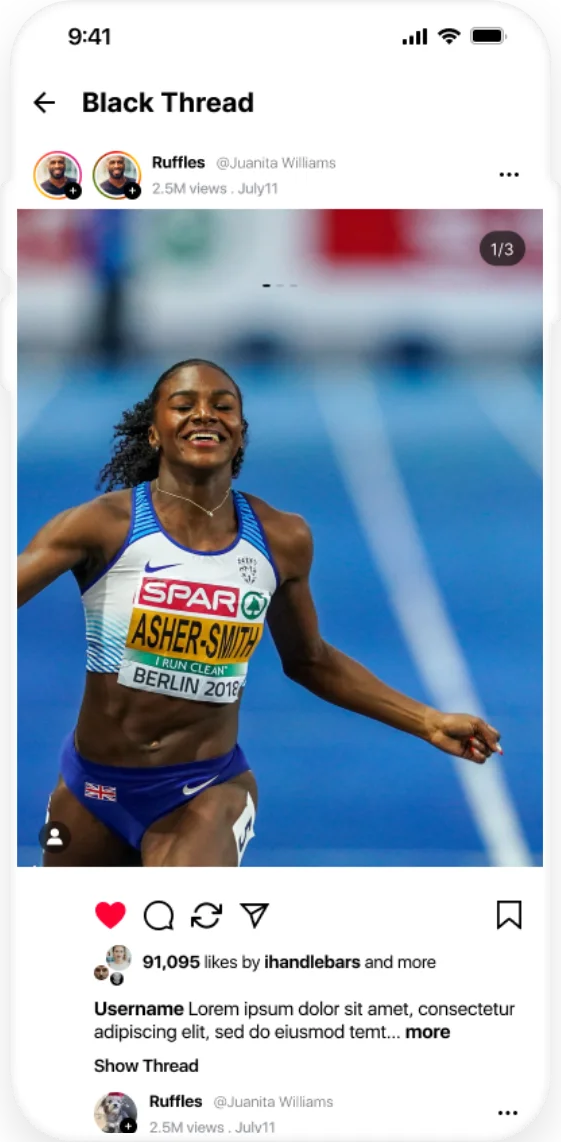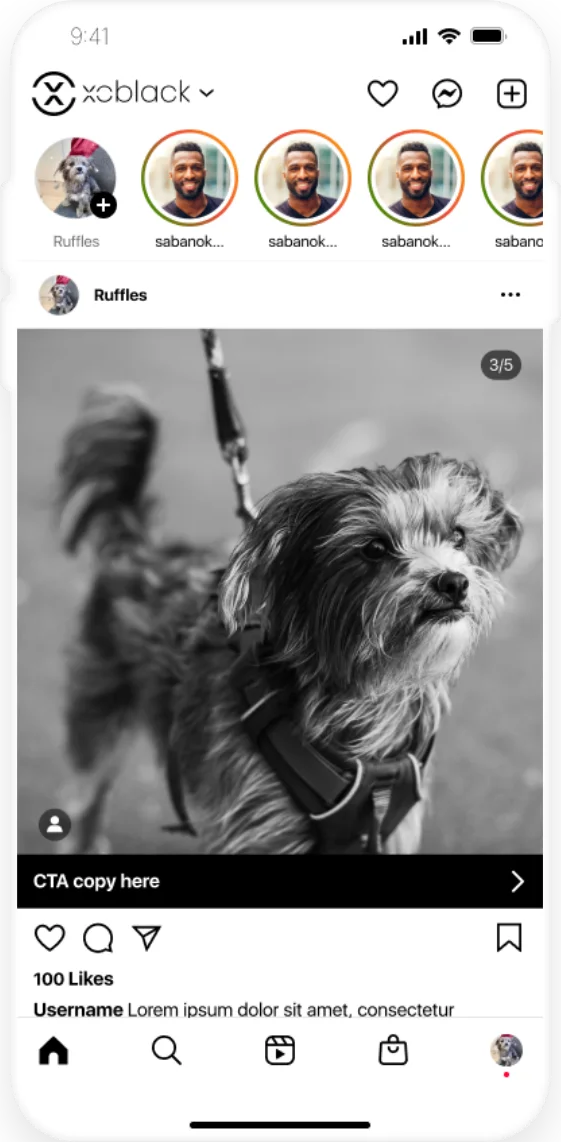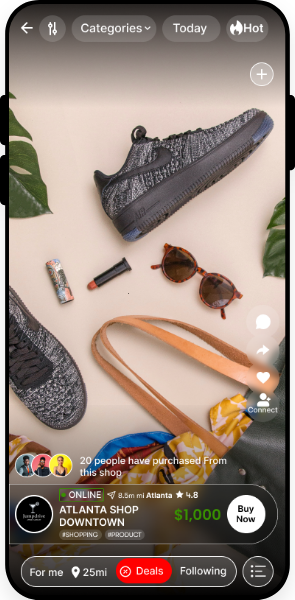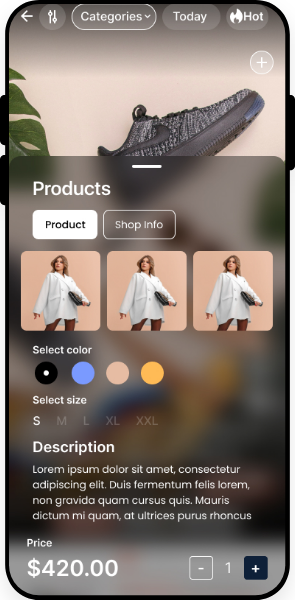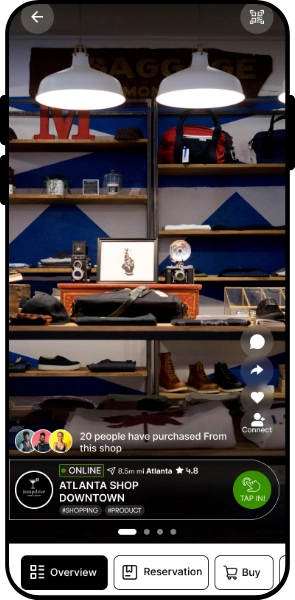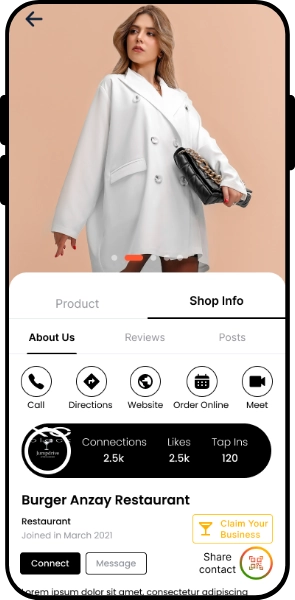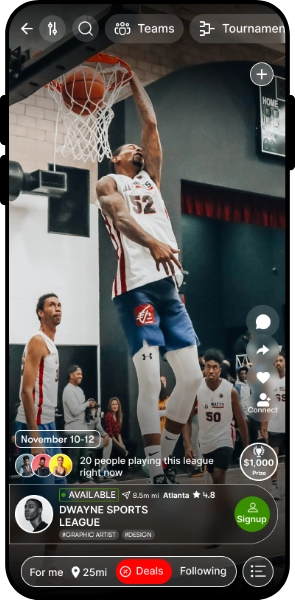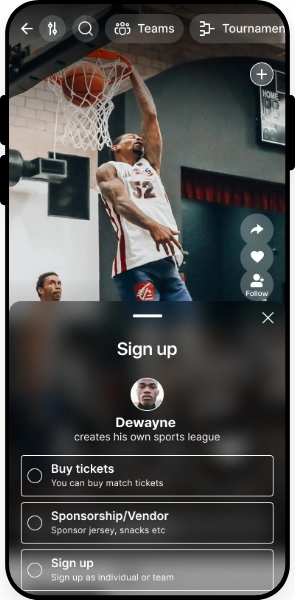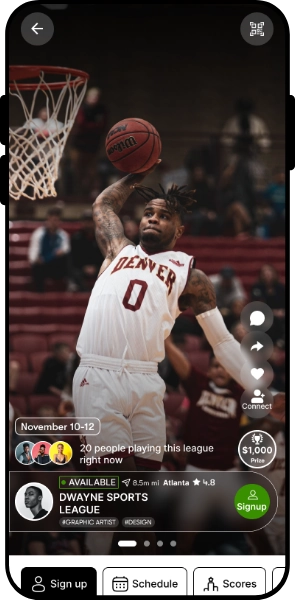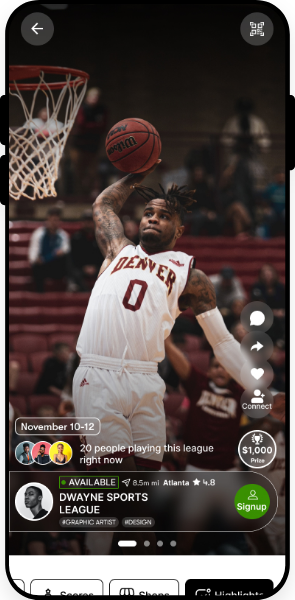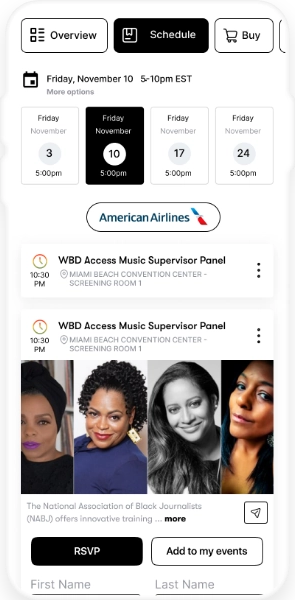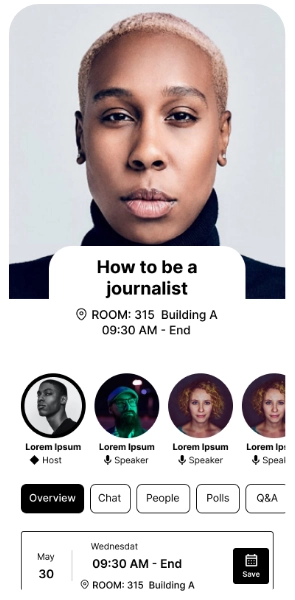-
Modular Architecture Design
Overview: Blax Blax adopts a modular architecture, dividing the application into distinct layers and modules for frontend, backend, and database operations. This separation of concerns enhances maintainability, allows for independent module updates, and facilitates easier debugging and testing.
Frontend (Flutter): Utilizes Flutter for creating a dynamic and responsive user interface. The UI layer is built with reusable widgets and components, ensuring consistency and efficiency across the app.
Backend (Laravel): Employs Laravel for its robust backend services, handling business logic, authentication, data processing, and API services. Laravel's MVC architecture supports clear separation between logic and presentation, enhancing code readability and scalability.
Database (MySQL): Leverages MySQL for its relational database needs, storing user data, content, and interaction logs. The database design focuses on normalization to reduce redundancy and improve data integrity and performance.
-
Security Measures
Implementation: Incorporates comprehensive security measures, including HTTPS for secure data transmission, JWT (JSON Web Tokens) for secure authentication, and Laravel's built-in security features for protection against common vulnerabilities like SQL injection, cross-site request forgery, and cross-site scripting.
-
Caching Strategies
Application: Implements caching at various levels (application, query, and object caching) to minimize database hits and reduce response times. Laravel's caching mechanism is used to store frequently accessed data, while Flutter's local storage caches content on the client side for offline access.
-
API-Driven Communication
Design: Adopts a RESTful API approach, with Laravel managing the API endpoints. This design principle supports seamless communication between the Flutter frontend and Laravel backend, enabling data exchange in a structured, predictable manner.
-
Content Delivery Network (CDN)
Usage: Employs a CDN to distribute static content (images, videos, CSS, JavaScript) closer to users, reducing latency and improving load times, thereby enhancing the overall user experience.
-
Scalable Hosting and Cloud Services
Infrastructure: Utilizes cloud-based hosting solutions to ensure scalability and reliability. The architecture is designed to support auto-scaling, load balancing, and distributed database systems, accommodating varying loads and optimizing performance.
-
Real-Time Data Processing and WebSockets
Functionality: Integrates real-time data processing for chat, notifications, and live updates using WebSockets, facilitated by Laravel Echo. This allows for bidirectional communication between the client and server, ensuring immediate reflection of interactions within the app.
-
Continuous Integration and Deployment (CI/CD)
Feature: Incorporates multilingual support and localization to cater to a global audience. Flutter facilitates UI localization, while Laravel manages content localization on the backend, allowing for dynamic content translation based on user preferences.



